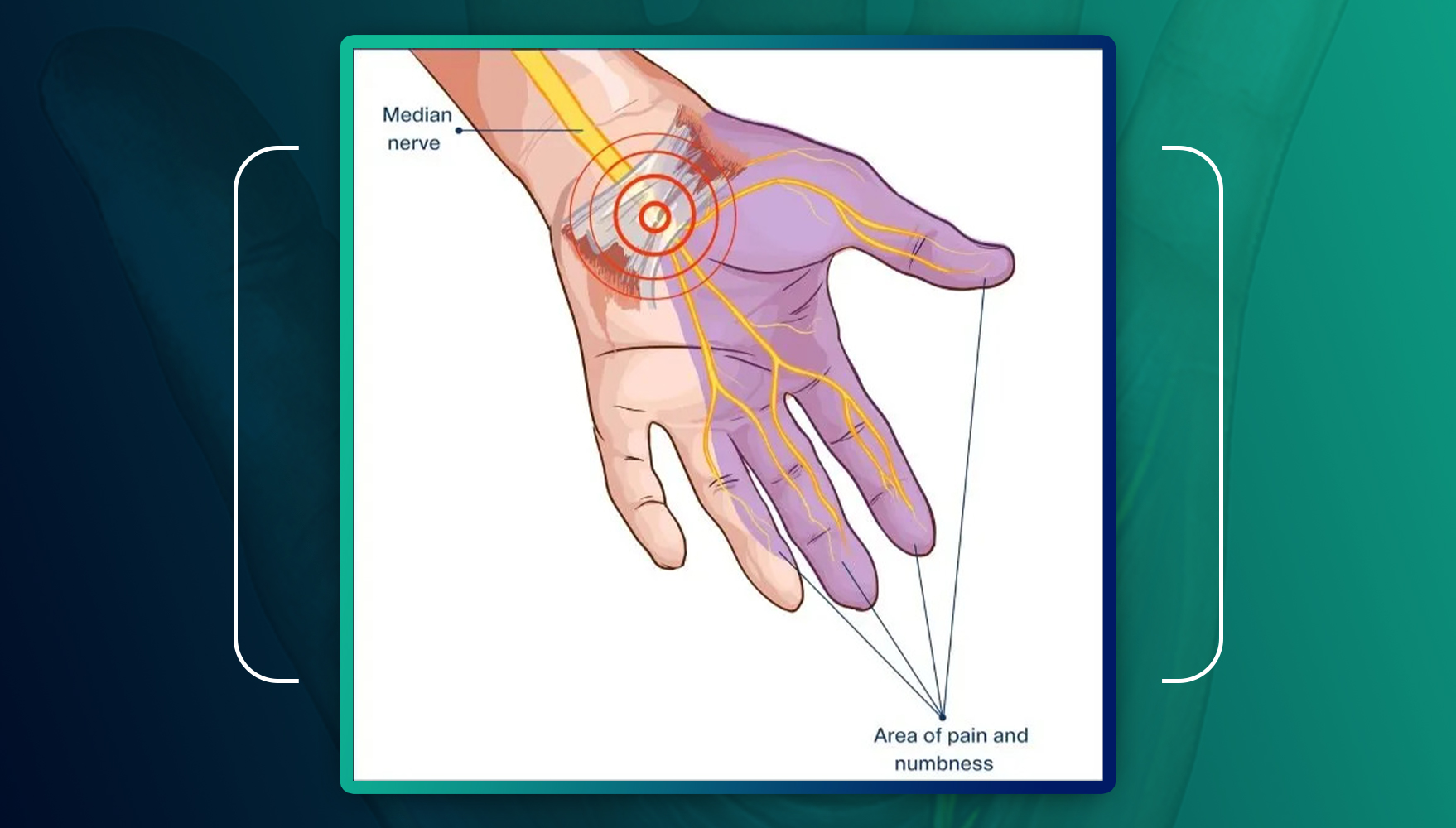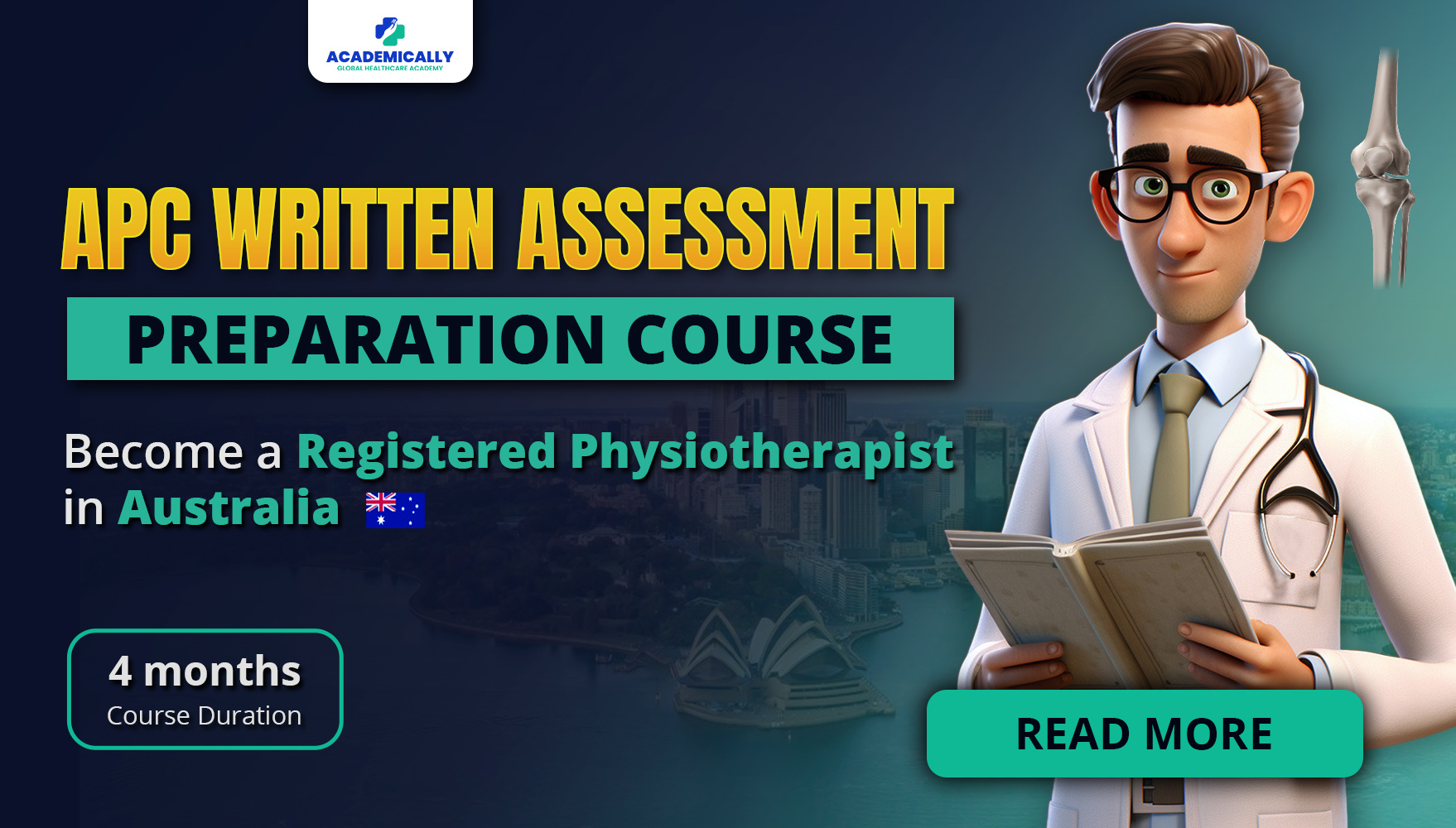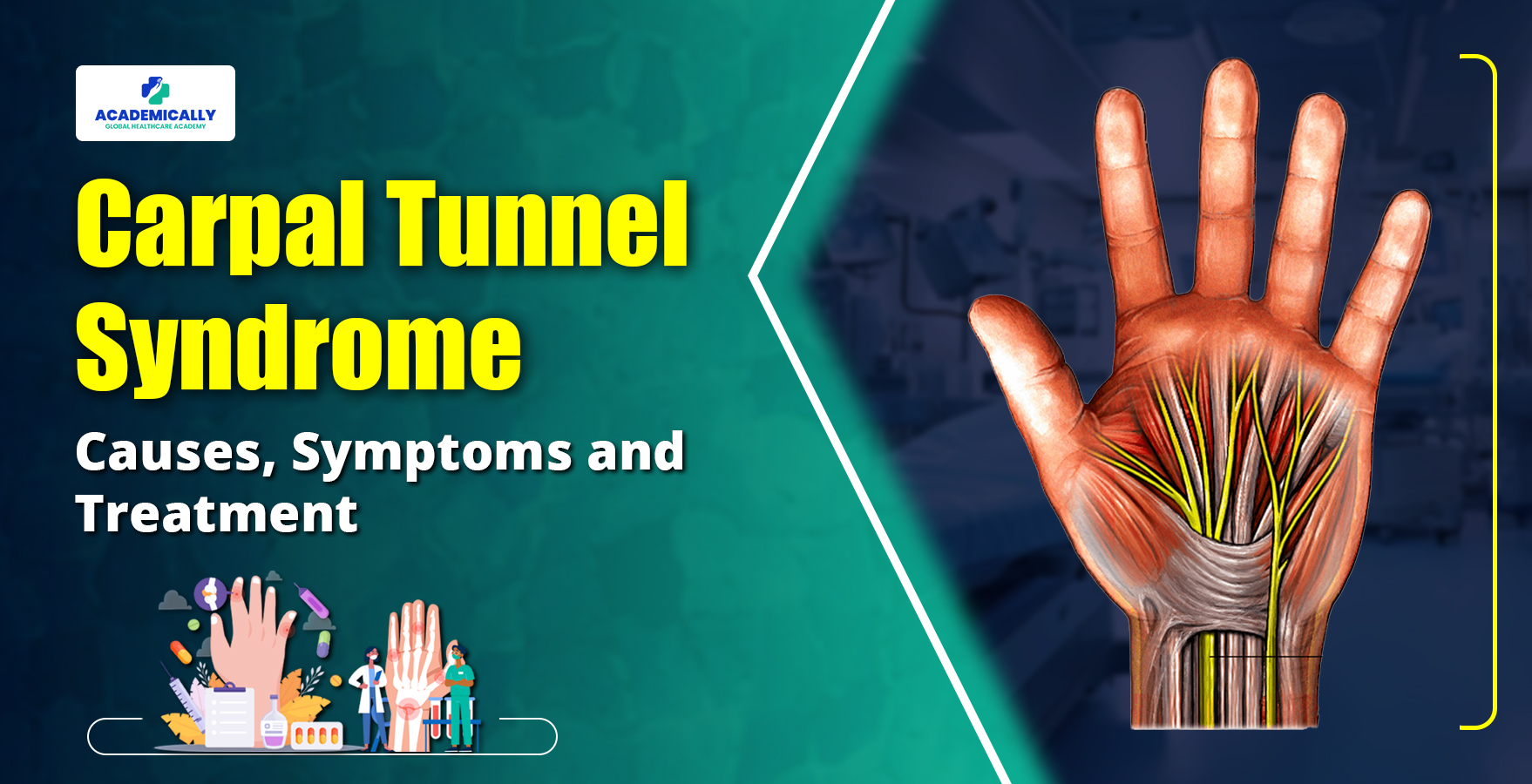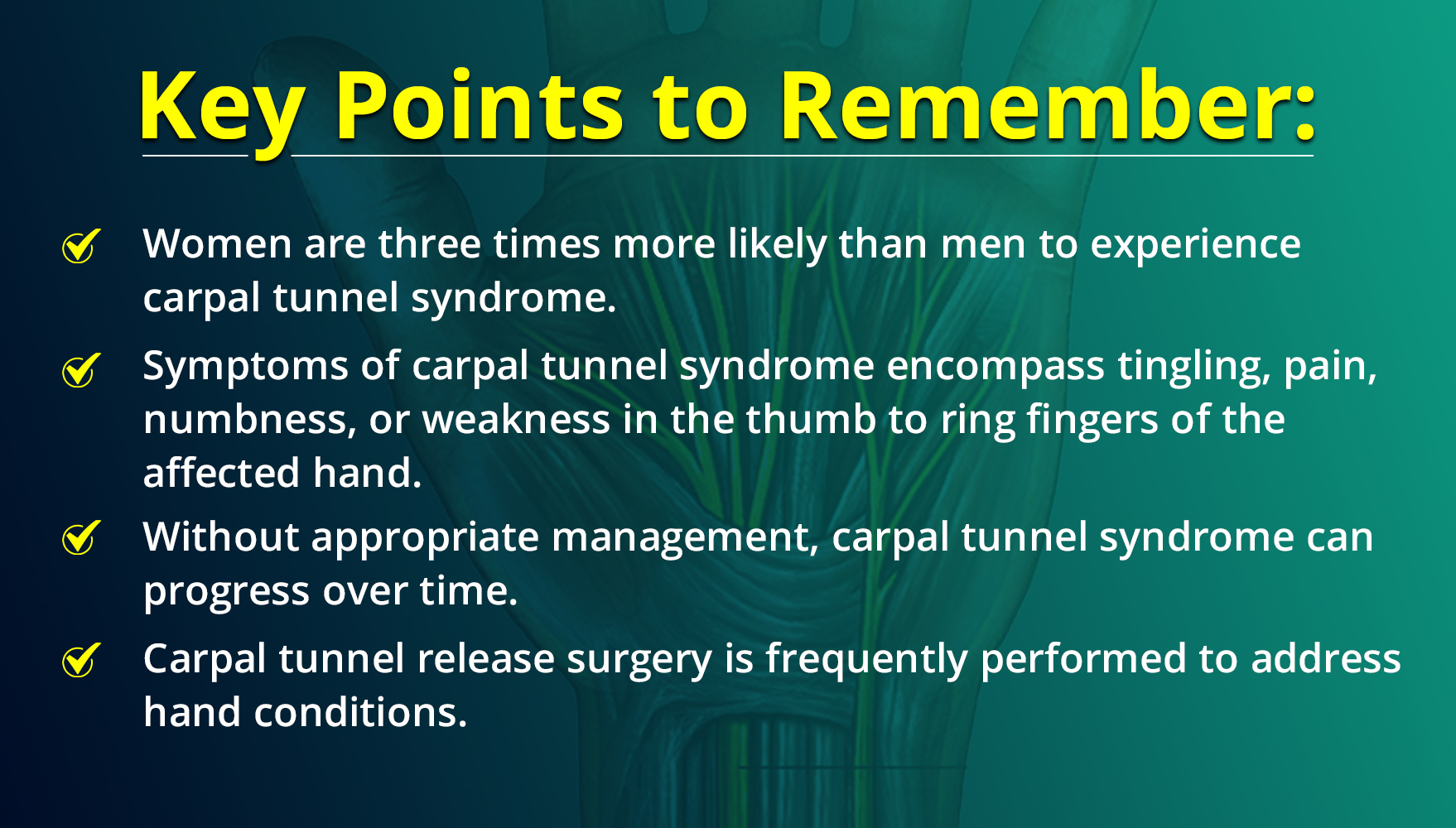
Anatomy
- The wrist is encircled by a band of fibrous tissue, providing support for the joint.
- The tight space between this fibrous band and the wrist bones is termed the carpal tunnel.
- Within the carpal tunnel, the median nerve passes through to transmit sensations from the thumb, index, and middle fingers of the hand.
Causes
Carpal tunnel syndrome typically results from a combination of factors, with women and older individuals being more susceptible. Here are some common causes of carpal tunnel syndrome:
- Heredity plays a significant role, as some people may naturally have a smaller carpal tunnel or anatomical differences that increase pressure on the nerve, often running in families.
- Repetitive hand movements or activities over time can lead to tendon swelling in the wrist, exacerbating pressure on the nerve.
- Extreme flexion or extension of the hand and wrist during prolonged periods can further compress the nerve.
- Pregnancy-induced hormonal changes can induce swelling, exerting additional pressure on the nerve.
- Certain health conditions such as diabetes, rheumatoid arthritis, and thyroid imbalance, are associated with an increased risk of carpal tunnel syndrome.
Symptoms
- Common symptoms include numbness, tingling, burning, and pain, predominantly felt in the thumb, index, middle, and ring fingers, often disrupting sleep.
- Occasionally, individuals may experience shock-like sensations radiating to these fingers, along with pain or tingling extending up the forearm toward the shoulder.
- Weakness and clumsiness in the hand may impede fine motor skills like buttoning clothes, while a loss of proprioception can lead to dropping objects.
- Symptoms typically begin gradually without a specific injury, initially coming and going but worsening over time with increased frequency and duration.
- Nighttime symptoms are prevalent due to wrist bending during sleep, while daytime symptoms often manifest when holding objects with bent wrists for extended periods, such as when using a phone or driving.
- Many patients find relief from symptoms by moving or shaking their hands.
Diagnostic Tests
The diagnostic tests for carpal tunnel syndrome include:
- Electrophysical tests
- Nerve Conduction Studies (NCS)
- Electromyogram
- Ultrasound
- X-ray
- Magnetic resonance imaging (MRI)
Treatment
There are non-surgical and surgical interventions for the carpal tunnel syndrome. These include:
Nonsurgical Options
- Wearing a wrist brace or splint, particularly at night, helps maintain wrist alignment and reduces pressure on the median nerve.
- Nonsteroidal anti-inflammatory drugs (NSAIDs) like ibuprofen can alleviate pain and inflammation.
- Modifying activities to avoid prolonged wrist flexion or extension can help relieve symptoms.
- Steroid injections into the carpal tunnel can provide temporary relief, especially in mild cases.
Surgical Options
Surgery becomes an option if nonsurgical methods fail to provide adequate relief.The decision for surgery depends on factors such as symptom severity, physical examination findings, response to nonsurgical treatments, and test results.
- Open carpal tunnel release surgery is the most common surgical procedure, aiming to relieve pressure on the median nerve by cutting the transverse carpal ligament. Open carpal tunnel release involves a small incision in the palm to access and cut the ligament.
- Endoscopic carpal tunnel release surgery utilises smaller incisions and a miniature camera to guide the procedure, resulting in less tissue trauma and faster recovery.
Rehabilitation after Surgery
- Scar tissue can be gently massaged to reduce sensitivity around the incision site.
- Therapeutic techniques can be utilised to alleviate pain, inflammation, and swelling.
- Gradual exercises can be implemented to enhance muscle and joint strength and stability in the hand.
- Activities can be tailored to enhance fine motor skills and precision in hand movements.
Final words
Carpal tunnel syndrome is an important topic for healthcare professionals, particularly those who are preparing for the Australian Physiotherapy Council (APC) Exam.

If you are a physiotherapist looking for study materials for the APC Exam, join Academically's Australian APC Preparation Course. This course not just provides the study materials, there are live and recorded classes, mock tests, mentor guidance and much more.
Fill up this form for a free one on one counselling session.




